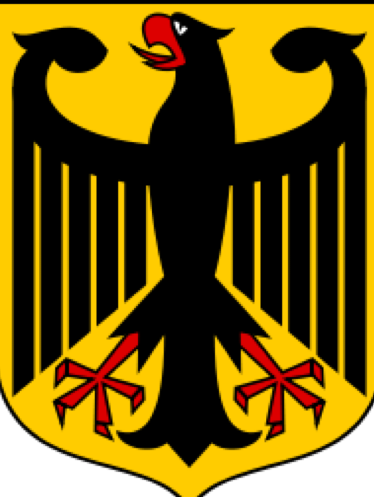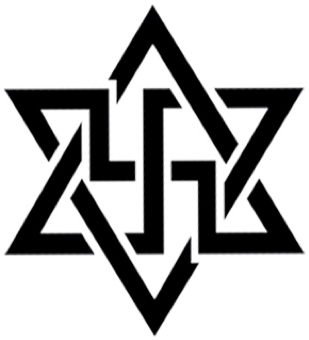Sign up for FlowVella
Sign up with FacebookAlready have an account? Sign in now
By registering you are agreeing to our
Terms of Service
Loading Flow



Symbolism

The eagle was depicted in the regalia of the Holy Roman Empire, but since Prussia's victory over Austria in 1866 and the exclusion of Austria from the German Reich in 1871, this symbol has been shared by two separate states, which were united only briefly from 1937 to 1945. Germany is the homeland of the Reformation, yet Martin Luther is a very contentious symbol, since 34 percent of all Germans are Roman Catholic. In the late eighteenth and early nineteenth century, Germany became known as the land of Dichter und Denker , that is, poets and philosophers, including such luminaries as Immanuel Kant, Johann Gottfried von Herder, Johann Wolfgang von Goethe, Friedrich von Schiller, and Wilhelm von Humboldt. The national and democratic movement of the first half of the nineteenth century spawned a whole series of symbols, including especially the flag with the colors black, red, and gold, which were used for the national flag in the Weimar Republic and again in the Federal Republic of Germany. In the Federal Republic of Germany, it is illegal to display the Hakenkreuz or swastika, which was the central symbol of the Nazi movement and the central motif in the national flag in the Third Reich (1933–1945).

